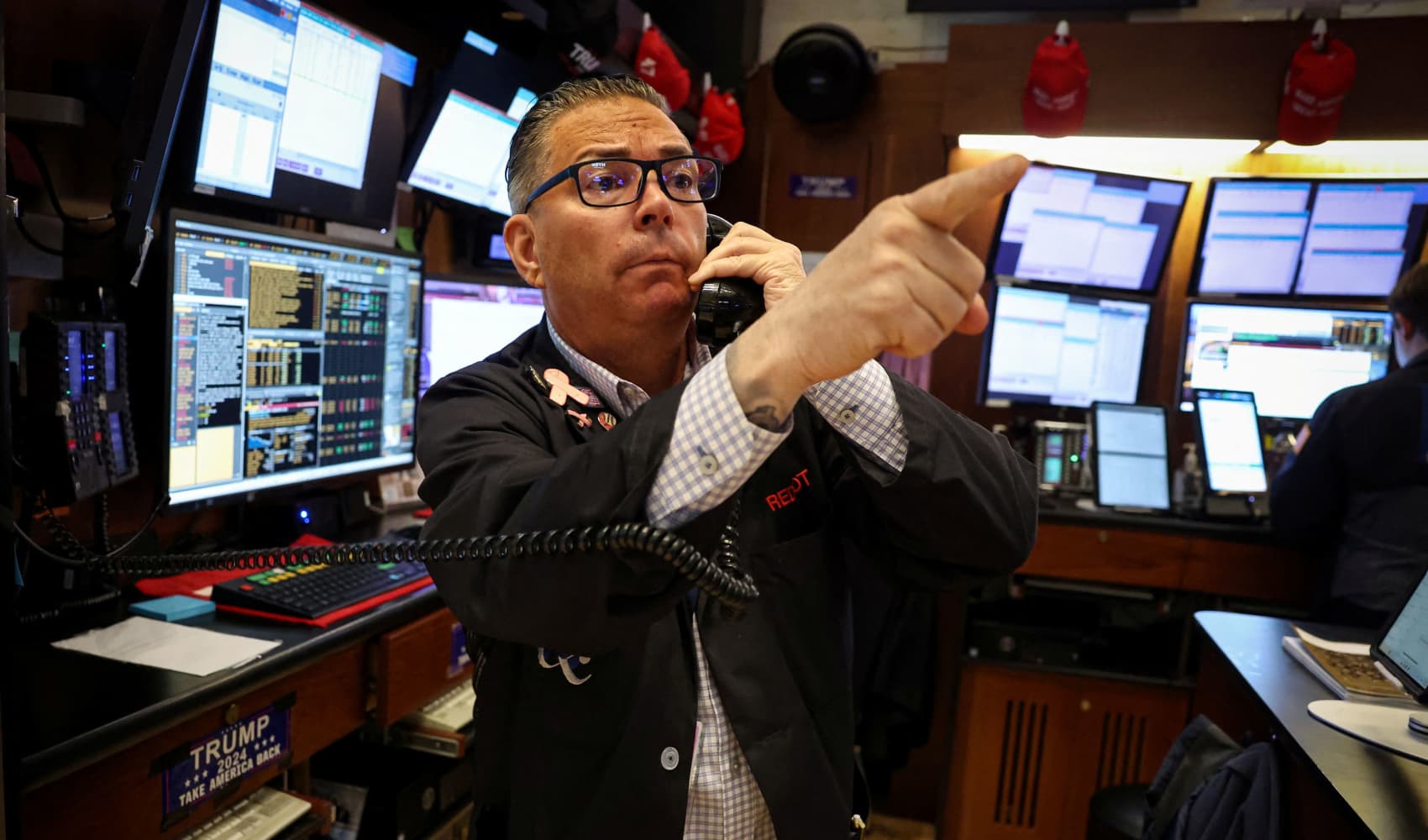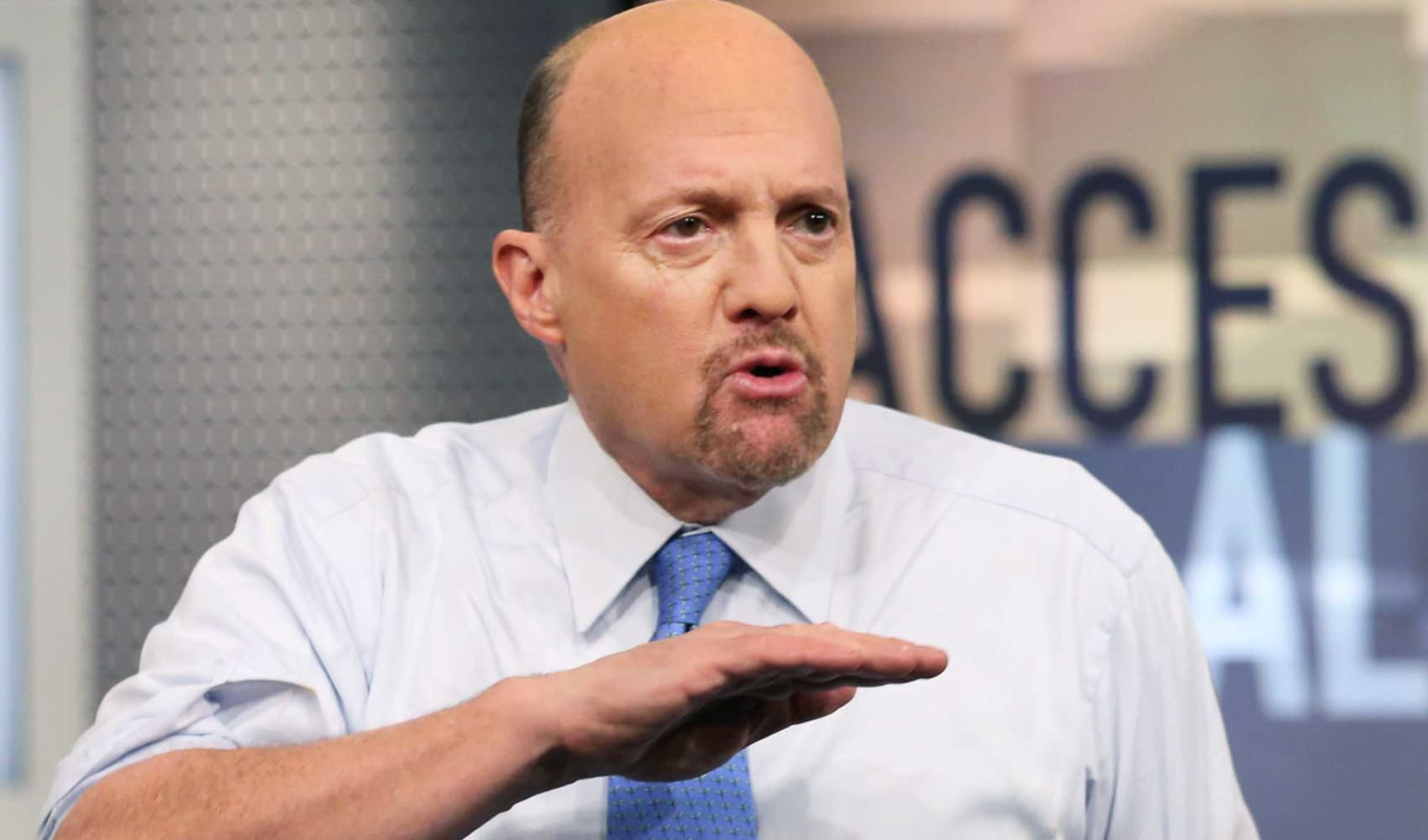10-Yr Treasury Yield Slides: Trade Deal Impact Explained
10-Year Treasury Yield Wobbles as U.S.-China Trade Hopes Flicker
Introduction: The Bond Market's Rollercoaster Ride
Ever feel like the financial markets are on a perpetual rollercoaster? One minute you're soaring with optimism, the next you're plummeting into a pit of economic uncertainty. Today, the 10-year Treasury yield offers a perfect example of this ongoing drama. It slipped on Friday, and all eyes are on the U.S.-China trade situation. Why the fuss about a few basis points? Well, it's all interconnected, like a giant, complicated web. Let's untangle it.
The Numbers: What the Yields Are Telling Us
Let's break down the numbers. The benchmark 10-year Treasury yield dropped nearly 5 basis points to 4.258%. The 2-year Treasury yield also saw a dip, falling 3 basis points to 3.76%. Okay, but what does that actually *mean*? A lower yield suggests increased demand for Treasury bonds, which is often a sign of risk aversion or expectations of lower future growth. Think of it like this: when people are nervous about the economy, they flock to the perceived safety of government bonds, driving up their prices and pushing down yields. And remember, one basis point equals 0.01%. Small changes can signal big shifts in sentiment.
Understanding Basis Points: The Language of Bonds
Speaking of basis points, it's crucial to understand this fundamental unit of measurement in the bond world. One basis point is just one-hundredth of a percentage point (0.01%). While it might seem insignificant, these tiny increments can add up and significantly impact the overall return on investments. Think of basis points as the atoms of the bond universe. A shift of even a few basis points can ripple through the market, affecting everything from mortgage rates to corporate borrowing costs.
Trump's Tariffs Talk: A Dampener on Sentiment
Then came Trump's comments, published in Time magazine on Friday. He suggested he'd consider a "total victory" if the U.S. imposed high tariffs of 20% to 50% on foreign countries a year from now. He also denied that rising bond yields forced his hand in granting a 90-day pause on most of the higher tariff rates. Did his words ease market jitters? Not exactly. It seems investors weren't entirely convinced.
"The Bond Market Was Getting the Yips": Presidential Perspective
Trump's colorful assessment of the bond market – "The bond market was getting the yips, but I wasn't" – is certainly memorable. But what does it reveal? It suggests a disconnect between the president's view of the economy and the market's reaction to it. Is it a bold statement or a sign of potential misreading? The market seems to be saying, “We’re a little worried,” while the President conveys, “No worries here.”
U.S.-China Trade: The Unfolding Saga
The U.S.-China trade relationship has been a key driver of market sentiment for years. Negotiations are constantly underway, with each development closely scrutinized by investors. The hope for a comprehensive trade deal remains, but the road is paved with uncertainty. Is a deal truly within reach, or are we just witnessing another temporary truce? The answer to this question holds the key to understanding future market movements.
Analyzing the Trade War Impact on Treasury Yields
The trade war directly influences Treasury yields. Increased tariffs can lead to slower economic growth, lower inflation expectations, and a flight to safety into U.S. Treasury bonds. Conversely, positive developments in trade negotiations can boost economic optimism, potentially leading to higher yields. It’s a delicate dance between risk and reward.
The Fed's Role: Interest Rate Expectations
The Federal Reserve's monetary policy plays a crucial role in shaping Treasury yields. Expectations about future interest rate hikes or cuts heavily influence bond prices. A dovish Fed, signaling lower rates, can push yields down, while a hawkish Fed can have the opposite effect. The Fed’s decisions are like the conductor leading the orchestra of the financial markets.
Economic Data: Gauging the Health of the Economy
Economic data releases, such as inflation figures, GDP growth, and employment numbers, provide valuable insights into the health of the economy. Strong economic data can lead to higher yields, as investors anticipate higher inflation and potential interest rate hikes. Weak data, on the other hand, can signal slower growth and lower yields. Data is the compass guiding investors.
Inflation's Influence: The Silent Thief
Inflation is a critical factor influencing Treasury yields. Rising inflation erodes the value of future bond payments, leading investors to demand higher yields to compensate for this risk. Think of inflation as a silent thief, subtly diminishing the purchasing power of your investments.
Global Economic Outlook: A Broader Perspective
The global economic outlook also plays a significant role. Slowing growth in other major economies can create a flight to safety into U.S. Treasury bonds, pushing yields down. Conversely, robust global growth can boost yields. The world economy is interconnected, and events in one region can have ripple effects across the globe.
Risk Appetite: Measuring Investor Sentiment
Investor risk appetite is a key driver of Treasury yields. When investors are confident and willing to take on more risk, they tend to move away from safe-haven assets like Treasury bonds, leading to higher yields. Conversely, during times of uncertainty and fear, investors flock to safety, pushing yields down. Risk appetite is the emotional barometer of the market.
Technical Analysis: Charting the Course
Support and Resistance Levels
Technical analysts use charts and indicators to identify potential support and resistance levels for Treasury yields. These levels can provide insights into potential trading opportunities and price movements. Think of support and resistance as floors and ceilings for bond prices.
Moving Averages
Moving averages can help smooth out price fluctuations and identify trends in Treasury yields. They can also be used to generate buy and sell signals. Moving averages provide a clearer picture by filtering out the noise.
Bond Market Volatility: Preparing for the Unexpected
Bond market volatility can create both opportunities and risks for investors. Increased volatility can lead to wider price swings and higher potential returns, but also higher potential losses. Volatility is like a storm in the ocean, creating turbulent waters for investors.
Long-Term Investment Strategies: Weathering the Storm
A long-term investment strategy focused on diversification and risk management can help investors navigate the complexities of the bond market and achieve their financial goals. Patience and discipline are key to success in the long run.
Conclusion: Navigating the Uncertain Waters
The slide in the 10-year Treasury yield reflects a complex interplay of factors, including U.S.-China trade tensions, Trump's comments, economic data, and investor sentiment. While the future remains uncertain, understanding these drivers can help investors make informed decisions and navigate the ever-changing landscape of the bond market. Staying informed and adaptable is crucial for success.
Frequently Asked Questions (FAQs)
- What is the 10-year Treasury yield, and why is it important?
- The 10-year Treasury yield represents the return an investor receives for holding a U.S. government bond for 10 years. It's a benchmark interest rate that influences other borrowing costs, like mortgages, and reflects investor confidence in the economy.
- How does the U.S.-China trade situation affect Treasury yields?
- Trade tensions can create economic uncertainty. When investors are worried about growth, they often buy U.S. Treasury bonds, considered a safe haven. This increased demand pushes bond prices up and yields down.
- What are basis points, and how do they impact bond prices?
- A basis point is one-hundredth of a percentage point (0.01%). Seemingly small changes in basis points can significantly impact bond prices, as even slight yield fluctuations can affect the overall return on investment.
- How does the Federal Reserve influence Treasury yields?
- The Federal Reserve (the Fed) sets monetary policy, including interest rates. Expectations of future rate hikes or cuts heavily influence bond prices, directly impacting Treasury yields. A dovish Fed (lower rates) tends to push yields down, while a hawkish Fed (higher rates) tends to push yields up.
- Should I adjust my investment strategy based on fluctuations in the 10-year Treasury yield?
- It depends on your individual risk tolerance and investment goals. Fluctuations in Treasury yields can present opportunities for both gains and losses. It's crucial to consult with a financial advisor to determine the best strategy for your specific circumstances and to avoid making impulsive decisions based on short-term market movements.








